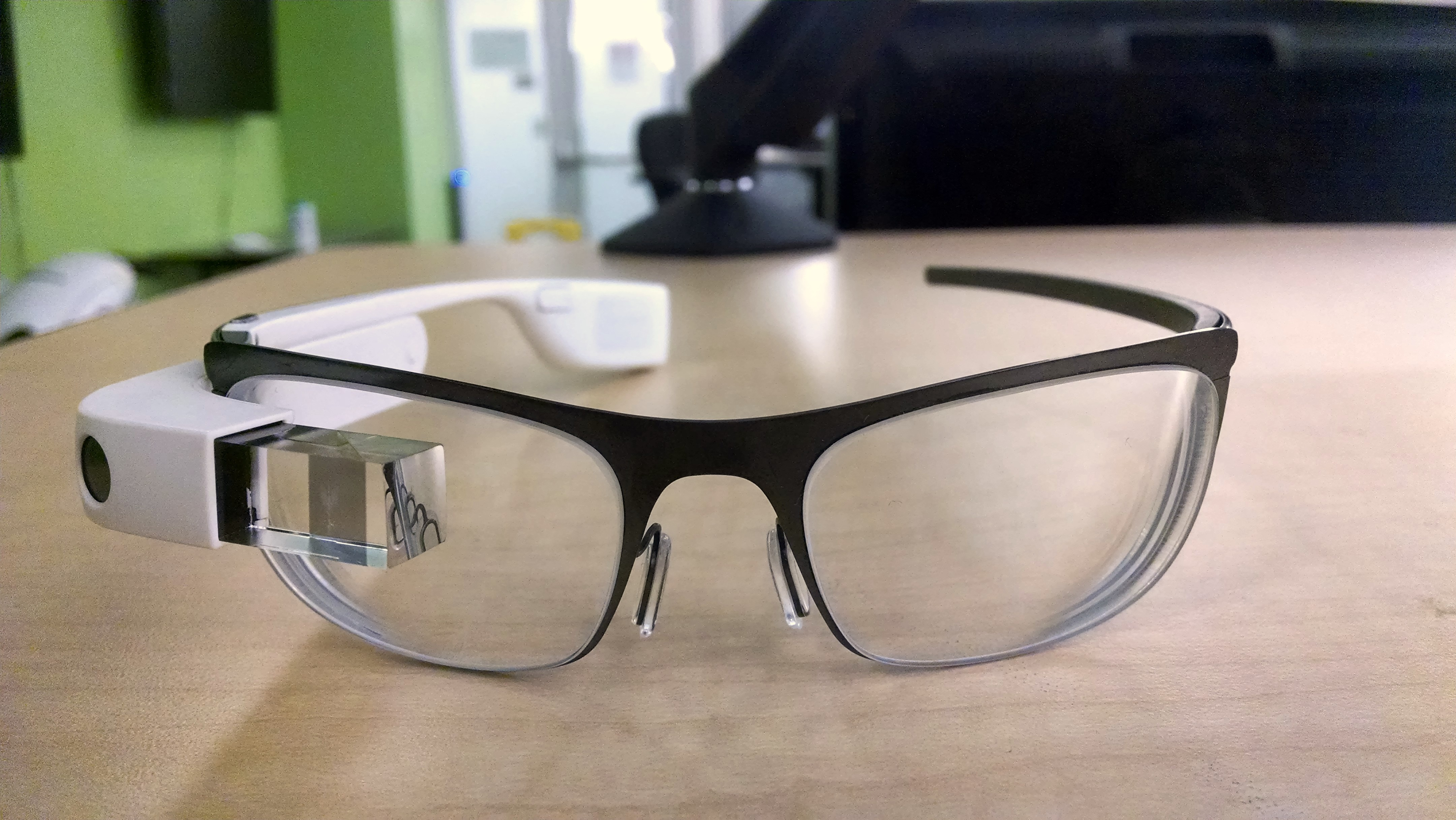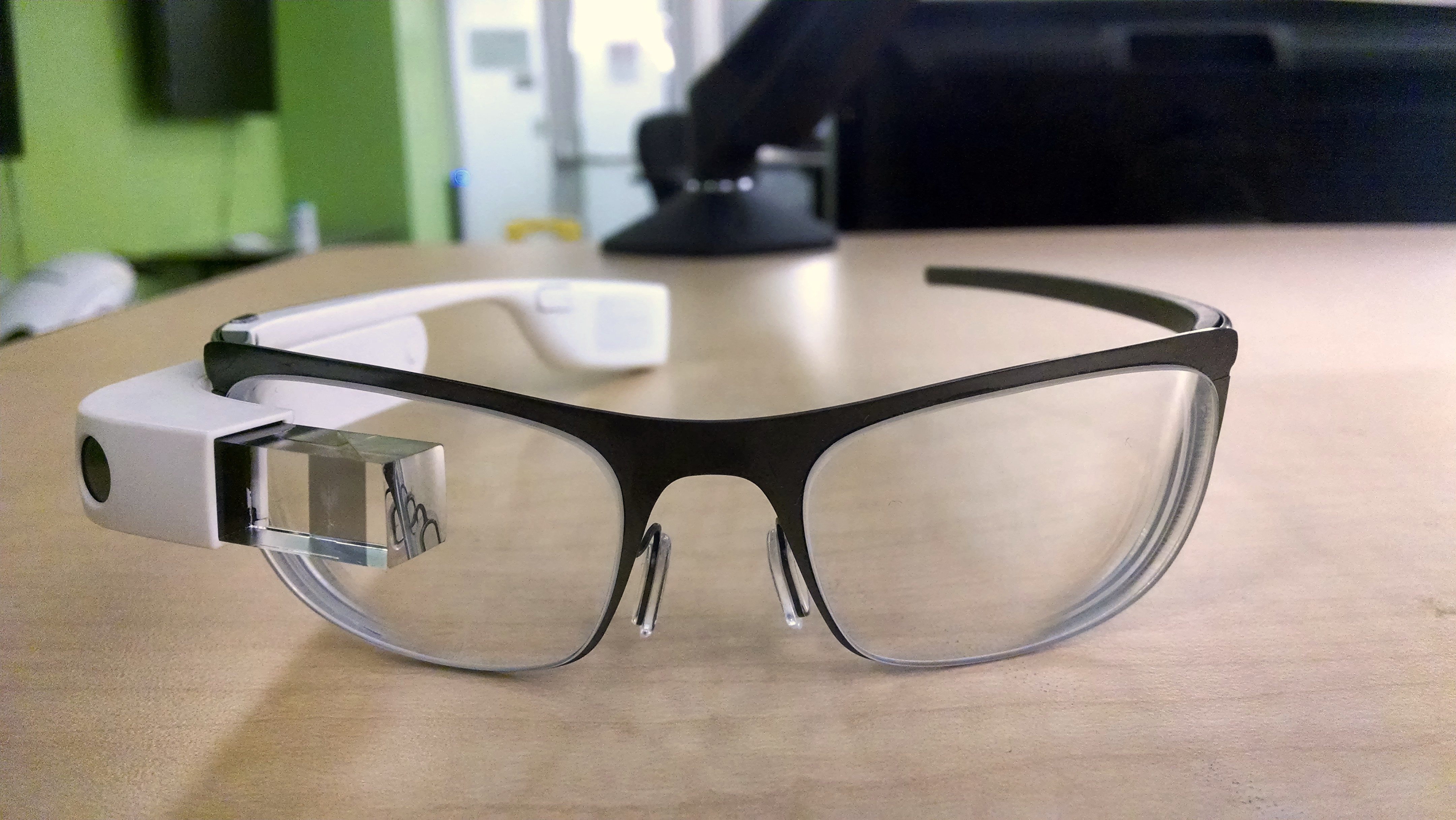Google Glass has generated significant buzz since its release, marking a bold step in the realm of wearable technology. As a pioneering type of smart glasses, Google Glass aims to integrate digital information seamlessly into our daily lives while providing hands-free functionality. Priced at $1,500 in the US and £1,000 in the UK, this cutting-edge device may deter some potential users, especially considering the rapid evolution of devices like smartwatches. However, enthusiasts argue that Google smart glasses represent the future of wearables, pushing the boundaries of how we interact with technology. Despite the excitement surrounding its launch, challenges remain, especially in public perception and acceptance of such futuristic eyewear.
Introducing an innovative frontier in personal tech, smart eyewear like Google Glass demonstrates the growing trend of integrating advanced technology into everyday life. These sophisticated devices, often referred to as computing glasses, aim to enhance user experience through augmented reality and real-time information display. While smartwatches have captured the attention of many due to their health and fitness tracking capabilities, the unique offering of smart glasses opens up a discussion about their role in the evolving landscape of wearable technology. As consumers explore their options, the distinction between these two categories of wearables spurs interest and curiosity about what the future holds for personal tech.
The Rise of Wearable Technology: Smartwatches vs Smart Glasses
Wearable technology has become increasingly popular, with devices such as smartwatches and smart glasses leading the charge. Research shows that many consumers are much more inclined towards smartwatches, thanks to their usability and fitness tracking capabilities. In a recent survey, 54 percent of participants expressed a preference for smartwatches, reflecting a shift in consumer interest towards devices that provide health-centric features. This trend showcases the growing importance of health and fitness tracking in the wearable tech sector, making smartwatches a vital tool for many users.
On the contrary, smart glasses like Google Glass remain a niche product, appealing to a smaller audience largely interested in augmented reality and hands-free computing. With just 26 percent choosing smart glasses, it is evident that mainstream consumers are yet to embrace this technology fully. The distinct demographic profiles of smartwatch users versus smart glasses enthusiasts suggest that both devices will continue to coexist in the wearable market, catering to different needs and lifestyles.
Frequently Asked Questions
What is Google Glass and how does it fit into wearable technology?
Google Glass is a type of wearable technology known as smart glasses. It features a lightweight design with a small display that overlays information onto the real world, allowing users to access notifications, take photos, and use various apps hands-free. As one of the pioneering devices in the smart glasses market, Google Glass exemplifies the potential of wearable technology in everyday life.
How much does Google Glass cost and is it worth the price for wearable technology enthusiasts?
Google Glass is priced at $1,500 in the US and £1,000 in the UK, which may deter potential buyers despite its innovative features. For wearable technology enthusiasts, the decision on whether it is worth the cost depends on personal preferences and the desire for functionality versus aesthetics.
What are the main advantages and disadvantages of using Google Glass compared to smartwatches?
The main advantages of Google Glass include hands-free access to information, enhanced multimedia experiences, and the ability to capture photos and videos discreetly. However, disadvantages encompass its high price point, potential social stigma, and limited user base compared to smartwatches, which may offer more health and fitness features that appeal to a broader audience.
Why do many consumers prefer smartwatches over Google Glass?
A recent poll indicated that 54 percent of consumers interested in wearable technology prefer smartwatches over Google Glass, which garnered only 26 percent preference. This preference may stem from smartwatches being perceived as more practical for health and fitness tracking, while Google Glass is more focused on augmented reality experiences.
How do male and female preferences differ when it comes to smart glasses and smartwatches?
Survey results show distinct differences in preferences between genders: 71 percent of males expressed interest in smart glasses like Google Glass, while only 29 percent of females were interested. Conversely, women showed a higher preference for smartwatches, with 52 percent favoring them compared to 48 percent of men, indicating differing interests in wearable technologies.
What kind of apps do Google Glass users prefer compared to smartwatch users?
Google Glass users tend to favor apps related to news and entertainment, social media, and gaming. In contrast, smartwatch users show more interest in health and fitness applications. This reflects the different functionalities and target audiences of the two types of wearable technology.
How does the future look for Google Glass in the wearable technology market?
The future of Google Glass in the wearable technology market is uncertain, particularly due to its high price and concerns about obsolescence as new models are released. However, as augmented reality continues to develop, there may be opportunities for Google Glass to evolve and find a niche among tech-savvy consumers.
What are common concerns about Google Glass that potential buyers should consider?
Potential buyers should be aware of concerns such as its price, the social perception of wearing smart glasses, and the lack of future-proofing. These factors can affect the user experience and overall satisfaction with Google Glass as a wearable technology.
| Key Points | Details | |
|---|---|---|
| Availability | Google Glass is available for purchase in the US and UK. | |
| Pricing | The price is $1,500 in the US and £1,000 in the UK, which may deter buyers. | |
| User Sentiment | Some users feel like futuristic cyborgs, but many might perceive it as geeky. | |
| Market Survey | A survey showed that 54% prefer smartwatches, while only 26% prefer computing glasses. | |
| Gender Interest | 71% of potential smart glasses users are men, while interest in smartwatches is nearly equal. | |
| Functionality Preferences | Smartwatch users prefer health/fitness apps, while Glass users prefer news/entertainment. | |
| App Interest | Apps for navigation, health/fitness, and communication are more favored compared to games. | |
Summary
Google Glass is a pioneering technology in the realm of wearable devices, now being made available for purchase in the US and UK. While its innovative features are attractive, the high price point poses a barrier for many potential customers. Furthermore, the distinction in consumer preferences between smartwatches and Google Glass highlights varying interests, especially between genders. As more users turn towards practical wearable technology, it remains to be seen how Google Glass evolves and adapts to meet market demands.



